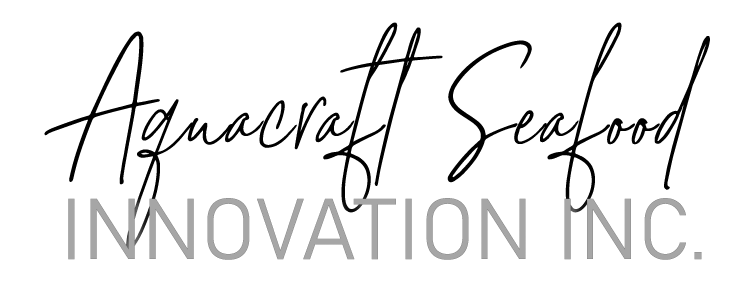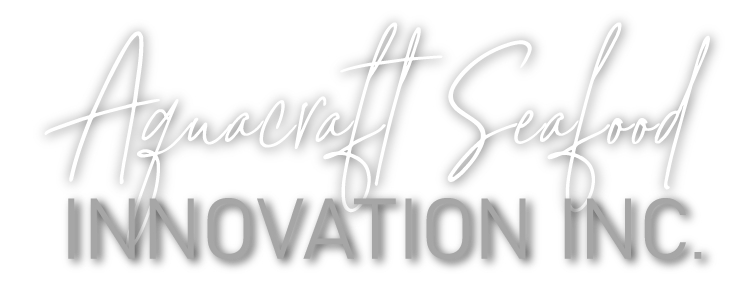Scan the headlines and articles in #seafood trade newsletters and you see plenty of incisive articles about pricing trends, innovation in production and the latest in certification. There are lots of news items about mergers and acquisitions, farming disasters and wild catch quotas. When the topic turns to growing the category and increasing consumption, the inevitable solution is #sustainability, #sustainability and more #sustainability. No question #sustainable practices are important. And for the most part, they are because the market’s focus and expectation on responsible harvesters has raised the standards of most producers everywhere, both farmed and wild. Yet while the #seafood business continues to navel-gaze with its focus on #sustainability, other categories of proteins continue their marketing sophistication. Yes #seafood is generally “getting it right” at food service where some top chefs want to use the best ingredients and have serving staff and menus to communicate the story. But at retail, the #seafood focus is woefully inadequate. While other proteins and products long ago solidified their position through fixed prices, strategic partnerships and innovative marketing along with category management and incisive channel data, seafood producers have left this to processors and distributors. And in doing this, they have led with unbranded commodity products, varying levels of quality and supply and a ruthless daily focus on prices and margins. It doesn’t help that the industry is often conventional, insular and generally avoids investments that can’t demonstrate an immediate tangible return. The pandemic has caused massive challenges for many producers whose products now cannot get to the customer or where its demand has collapsed. But for others, such as #farmedsalmon, the sudden retail spike has been an opportunity. And while this has undoubtedly been because of meat shortages, a general increase in all food retail and historically low prices, here is an opportunity for seafood such as #farmedsalmon and others (#yellowtail, #tuna) to up their game and maintain this increase in retail positioning and consumer trial. Now is the time for #seafood producers to up their game, improve marketing sophistication and channel expertise. It is time to reduce the daily focus on margin and spot prices and move towards longer term category growth. This will require an investment and it will require innovation. But farmers and harvesters have proven they can and will invest – just look at what they have done with sustainability. Now it’s time to transition to a commercial and marketing focus.

